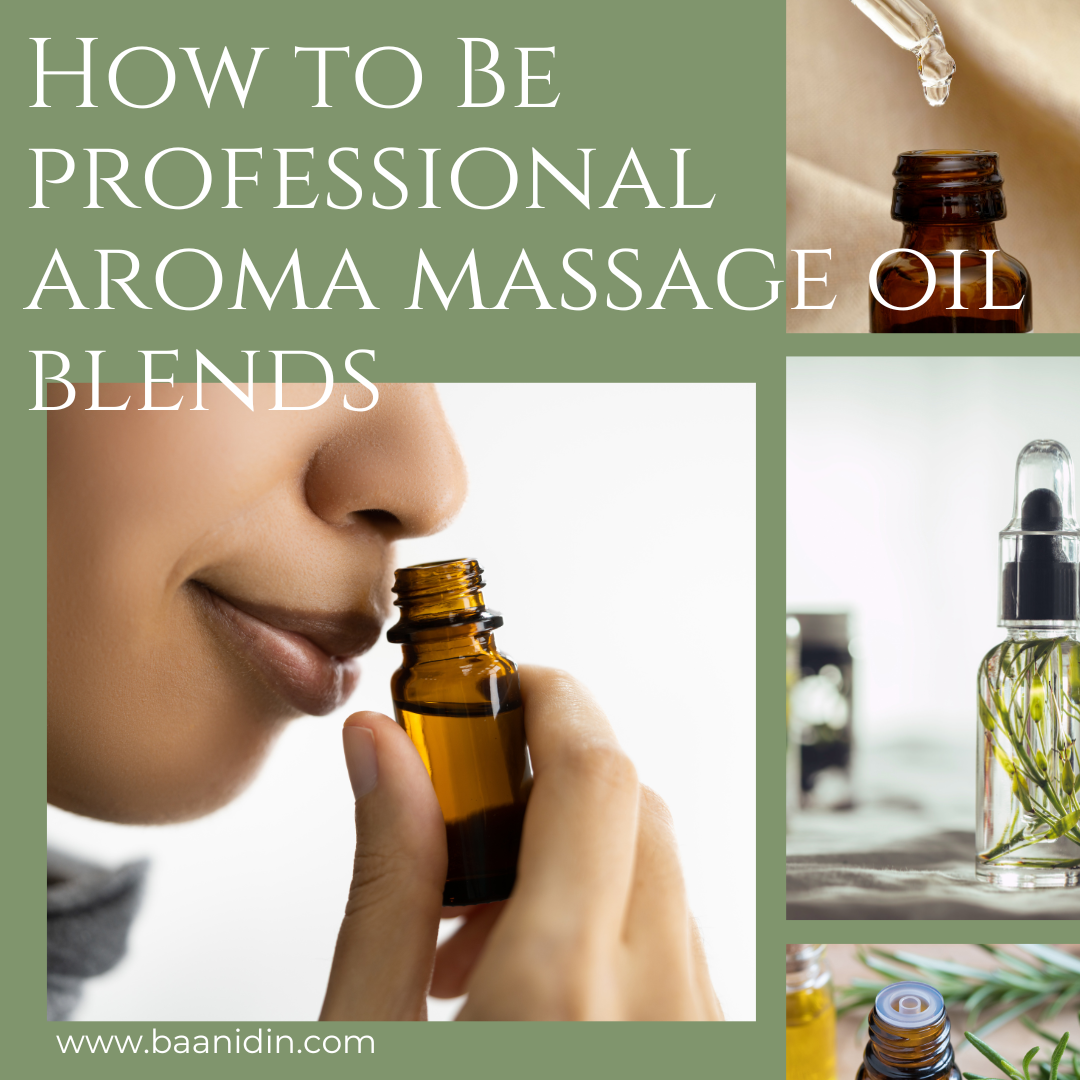How to be professional aroma massage oil blends
1410 Views |

Professional aroma massage oil blends
Creating professional aromatherapy massage oil blends involves a thoughtful selection of carrier oils and essential oils. The combination should consider the desired therapeutic effects, such as relaxation, invigoration, muscle relief, or mood enhancement. Here's a guide to creating professional aromatherapy massage oil blends:
Choosing Carrier Oils:
Carrier oils are used to dilute essential oils and "carry" them onto the skin safely. They are typically cold-pressed vegetable oils and should be high quality and preferably organic. Some popular carrier oils include:
Sweet Almond Oil: A versatile, all-purpose carrier oil; good for all skin types.
Jojoba Oil: Closely resembles the skin's sebum; good for facial massages and all skin types.
Coconut Oil (Fractionated): Stays liquid, has a long shelf life, and is less greasy.
Grapeseed Oil: Light and thin, it has a fine texture that is good for people with oily skin.
Apricot Kernel Oil: Good for dry, inflamed, sensitive skin, and won't leave a greasy coat.
Selecting Essential Oils:
Essential oils are highly concentrated plant extracts with therapeutic properties. When blending essential oils, consider the top, middle, and base notes to create a harmonious scent profile.
Top Notes: Typically light, fresh, and uplifting scents that are the first to be noticed in a blend. Examples include: lemon, orange, peppermint, and eucalyptus.
Middle Notes: Often the "heart" of the blend, these scents emerge just after the top notes. They are usually balanced and warm. Examples include: lavender, geranium, chamomile, and rosemary.
Base Notes: These scents are rich and deep and are the last to be noticed. They help to anchor the blend. Examples include: sandalwood, cedarwood, patchouli, and vanilla.
Crafting the Blend:
When crafting an aromatherapy massage oil blend, follow these general guidelines:
Determine Purpose: Decide what the blend is for - relaxation, energy, muscle relief, etc.
Dilution Ratio: For a massage oil, the typical dilution ratio is 1% to 2.5%, which means 1 to 2.5 drops of essential oil per teaspoon (5ml) of carrier oil.
Blending: Start by adding the base note essential oils to your carrier oil, followed by the middle notes, and then the top notes. Smell as you go to adjust the blend to the desired aroma.
Mixing: Blend the oils in a clean bottle, cap it, and roll the bottle between your hands to mix (don’t shake vigorously as it can introduce air bubbles).
Resting: Allow the blend to sit for a few hours or even days. This lets the oils meld together for a more cohesive scent profile.
Sample Massage Oil Blends:
For Relaxation:
5 drops of Lavender (middle note)
3 drops of Bergamot (top note)
2 drops of Ylang Ylang (base note)
in 30ml of Sweet Almond Oil
For Energy:
4 drops of Peppermint (top note)
4 drops of Rosemary (middle note)
2 drops of Ginger (base note)
in 30ml of Grapeseed Oil
For Muscle Relief:
5 drops of Eucalyptus (top note)
3 drops of Juniper Berry (middle note)
2 drops of Frankincense (base note)
in 30ml of Jojoba Oil
For Stress Relief:
5 drops of Chamomile (middle note)
3 drops of Lavender (middle note)
2 drops of Sandalwood (base note)
in 30ml of Apricot Kernel Oil
Tips:
Allergies and Sensitivities: Always ask if the person has any allergies or sensitivities to certain scents or plants before choosing your essential oils.
Patch Test: It's wise to do a patch test on a small area of skin to ensure no adverse reaction before applying the oil all over the body.
Quality: Use the highest quality, pure essential oils you can find, as this will affect both the therapeutic benefits and the scent of your blend.
Storage: Store your massage oil blends in dark glass bottles (amber or cobalt blue) and keep them in a cool, dark place to maintain their therapeutic properties.
Remember that while creating your own blends can be enjoyable and beneficial, it's also important to understand the properties and contraindications of the essential oils being used. When in doubt, consult with a professional aromatherapist.




